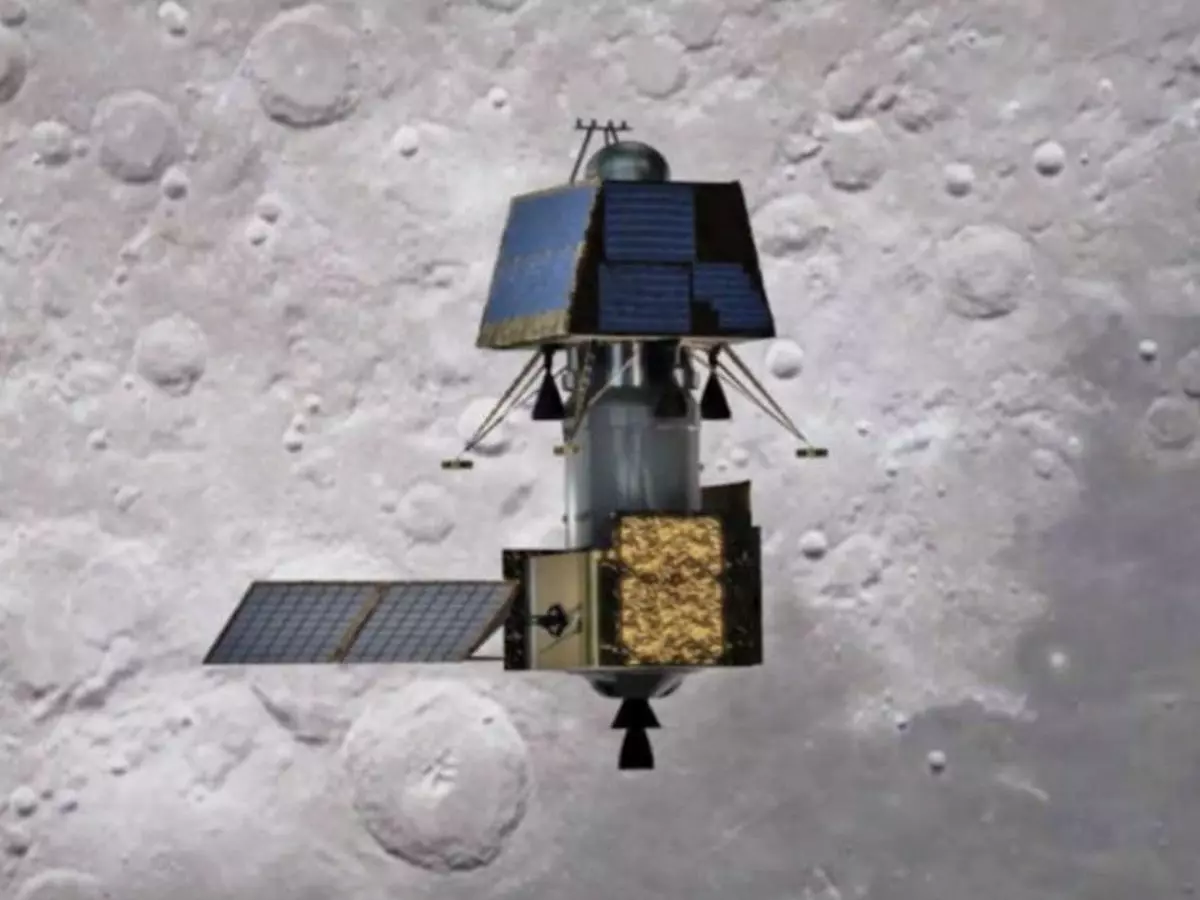ISRO Chandrayaan-2 Detects Presence Of Water Ice On Moon¡¯s Polar Regions
This was revealed in a two-day online lunar science workshop organised by ISRO on September 6 to 7.

ISRO scientists revealed that its Chandrayaan-2 spacecraft that recently completed its second anniversary has picked up traces of water ice in the Permanently Shadowed Regions of the Moon.
 ISRO
ISRO
Also Read: ISRO Confirms Chandrayaan-3 Will Launch In 2020, Govt Says It Will Cost Less Than Chandrayaan-2
This was revealed in a two-day online lunar science workshop organised by ISRO from September 6 to 7.
To the uninitiated, Permanently Shadowed Regions are essentially the northern and southern poles of the moon that get zero sunlight, making them the coldest regions on the lunar surface.
ISRO Chief, K Sivan revealed that Chandrayaan-2 spacecraft is loaded with Dual Frequency Synthetic Aperture Radar that maps surfaces using measurements of electrical properties of materials and can differentiate between the lunar and the ice surface.
 ISRO
ISRO
Also Read: Why India's Chandrayaan 2 Mission Is Still A Success, And We Are All Proud Of Everyone At ISRO
The radar was one of the eight payloads that were sent to lunar orbit. Other payloads include a Terrain Mapping Camera, Orbiter High-Resolution Camera, a Large Area Soft X-ray Spectrometer, Solar X-Ray Monitor, Imaging Infrared Spectrometer, Atmospheric Composition Explorer and Dual-Frequency Radio Science Experiment.
 BCCL
BCCL
K Sivan highlighted that it is also the world¡¯s first full polarimetric radar that has gone ahead for a planetary mission.
Also Read: Chandrayaan-3: What ISRO Needs To Perfect As It Plans To Land On Moon Again Next Year
Anup Das, one of the members of the DFSAR team called this discovery could give us a better idea on the kind of impacts Moon has experienced in the past. The data and photos sent via the orbiter's high-resolution camera would undergo further analysis to study the massive craters.
Are you excited about this ISRO and Chandrayaan-2's milestone in finding traces of liquid water and ice on the moon? Let us know in the comments below, and keep reading Indiatimes.com for all your latest technology news and science insights.
